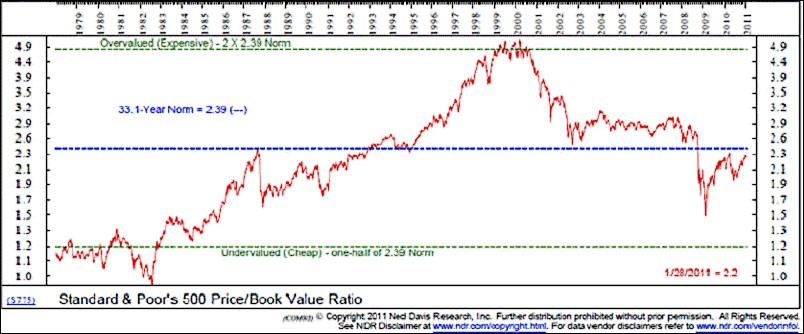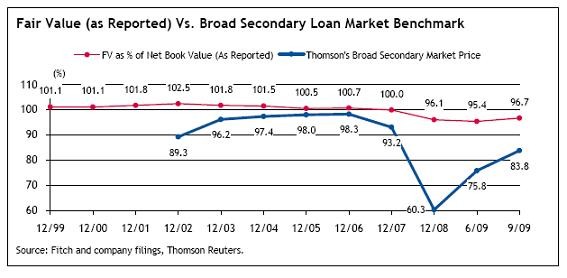The Market Value Versus Book Value
Post on: 16 Сентябрь, 2015 No Comment

From Wikipedia, the free encyclopedia
The price-to-book ratio. or P/B ratio. is a financial ratio used to compare a company’s current market price to its book value. It is also sometimes known as a Market-to-Book ratio. The calculation can be performed in two ways, but the result should be the same each way. In the first way, the company’s market capitalization can be divided by the company’s total book value from its balance sheet. The second way, using per-share values, is to divide the company’s current share price by the book value per share (i.e. its book value divided by the number of outstanding shares).
As with most ratios, it varies a fair amount by industry. Industries that require more infrastructure capital (for each dollar of profit) will usually trade at P/B ratios much lower than, for example, consulting firms. P/B ratios are commonly used to compare banks. because most assets and liabilities of banks are constantly valued at market values. A higher P/B ratio implies that investors expect management to create more value from a given set of assets, all else equal (and/or that the market value of the firm’s assets is significantly higher than their accounting value). P/B ratios do not, however, directly provide any information on the ability of the firm to generate profits or cash for shareholders.
This ratio also gives some idea of whether an investor is paying too much for what would be left if the company went bankrupt immediately. For companies in distress, the book value is usually calculated without the intangible assets that would have no resale value. In such cases, P/B should also be calculated on a diluted basis, because stock options may well vest on sale of the company or change of control or firing of management.
It is also known as the market-to-book ratio and the price-to-equity ratio (which should not be confused with the price-to-earnings ratio ), and its inverse is called the book-to-market ratio .
Contents
Total book value vs tangible book value [ edit ]
Technically, P/B can be calculated either including or excluding intangible assets and goodwill. [ 1 ] When intangible assets and goodwill are excluded, the ratio is often specified to be price to tangible book value or price to tangible book. [ citation needed ]
P/B ratio and long term stock returns [ edit ]
In Stocks for the Long Run . Siegel [ 2 ] gives annual returns for the period July 1963 to December 2000 (Table 8-2) for stock classified into size quintiles (small cap to large cap) and book-to-market quintiles (value to growth).
For small cap stocks returns vary significantly depending on book-to-market ratio. Growth stocks returned 6.41% per year compared with value stocks which returned 23.28%.

For large stocks the variation was smaller; growth stocks returned 10.28% and value stocks returned 13.59%.
For the same period, it was found that the annual difference between returns for stocks belonging to extreme quintiles for different ratios was: [ 3 ]
Thus suggesting that P/B may have greater discriminating power.
Value and limitations [ edit ]
Financial theorist William Bernstein uses the P/B ratio as the best indicator of a value approach in distinguishing good from bad companies, with the latter being favored for investment. [ 4 ]
The book value, as it is conventionally computed, does not include intangible assets such as intellectual property and brands. [ 5 ] Thus the book value may not be an appropriate measure for such companies. [ 6 ]














